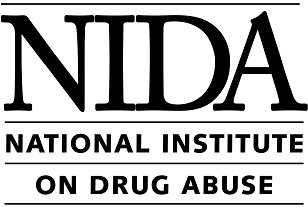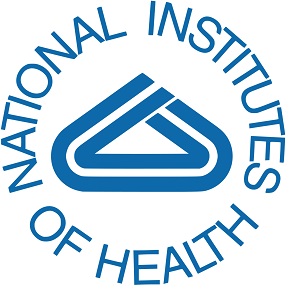Great science can't be done alone. We need the expertise, techniques, and vision of others from different disciplines.
Collaborators
Chris Richards Lab - University of Kentucky
We are a multidisciplinary group which focuses on the biophysical characterization of membrane receptors. We apply techniques ranging from single molecule imaging to the application of nanofabricated plasmonic devices for bioimaging in order to gain insight into the role of membrane receptors in disease and addiction. Learn more here.
The Chris Risher and Mary-Louise Risher Labs - JCESOM
The best collaborators also run 5k races together
Drs. Chris and Mary-Louise Risher (pictured at the left and right, respectively, with their genius daughter on the right with Chris) both run their independent labs in the Department of Biomedical Sciences at the Joan C Edwards School of Medicine at Marshall University. Dr. Mary-Louise Risher focuses on alcohol-induced changes in astrocyte-neuron signaling while Dr. Chris Risher focuses on changes in synaptogenesis as a consequence of neonatal abstinence syndrome. The Rishers have helped the Henderson lab branch into new terriotory, namely astrocytes and astrocytic calcium imaging.
Current Funding Sources
R01 DA050717 (PI - Henderson): 5/2021 - 4/2026
R01 DA060846 (PI - Henderson): 2/2025 - 1/2030
R43DA061725 (PI - SpaceRX LLc)
Completed Funding
K99/R00 DA040047 (PI - Henderson): 03/2015 - 05/2021
R21 DA046335 (PI - Henderson): 03/2016 - 07/2021
R15 MH126345 (PI - C. Risher): 04/2021 - 03/2024
R01 NS105789 (PI - MU, CWRU): 08/2018 - 04/2023
PAST / COMPLETED COLLABORATIONS
Tingwei Mu lab - Case western reserve university
My laboratory aims to understand protein homeostasis (proteostasis) of ion channels. They are major drug targets; loss of their proteostasis and thus function leads to numerous diseases, including neurological, neurodegenerative, and cardiovascular diseases. To function, ion channel proteins need to fold into their native structures and assemble properly in the endoplasmic reticulum (ER) for subsequent trafficking to the plasma membrane in a fully functional state. Mutations in a given protein could lead to protein misfolding and excessive ER-associated degradation (ERAD), and thus a signicantly lowered concentration of proteins in cell membranes and loss of function. Currently, in my laboratory, we focus on studying gamma-aminobutyric acid type A (GABAA) receptors. They are the primary inhibiory ion channels in the mamalian central nervous systems. Loss of their function leads to epilepies, autisum, and other neurodevelopment diseases. We explore how molecular chaperones, folding enzymes, ERAD factors, and trafficking factors, coordinate to facilitate membrane proein folding, assembly, degradation and trafficking. We also use small molecule proteostasis regulators to correct misfolded membrane proteins, as a therapeutic strategy to treat corresponding diseases.









